
In Guanacaste, La Cruz was one of the cantons that was the most seriously affected when Tropical Storm Bonnie blew through the area, crossing the border between Costa Rica and Nicaragua. About 300 millimeters (almost 12 inches) of rain fell in the canton in one day, reported the President of the Republic, Rodrigo Chaves, at the midday press conference. That’s equivalent to the amount of rain that might fall in an entire month.
The rains caused the Cuajiniquil, Mairena and Chombo rivers to overflow, flooding the coastal community of Cuajiniquil, the most affected by the storm.
Yesterday afternoon, the municipal emergency committee set up a shelter in that community, where a total of 380 people were housed. The shelter remains open.
Despite the damage, residents of the canton told The Voice that they thought the impact was going to be worse. “There was some experience in the town with Tropical Storm Nate,” said Minor Lara, who lives in the Cangrejal neighborhood in Cuajiniquil.
“That was the key for it to be handled in a good way this time,” he added.
Lara said that since Nate and Hurricane Otto, the community is more aware of evacuating on time, of being more prepared for phenomena like this, and of building elevated houses, anticipating floods.
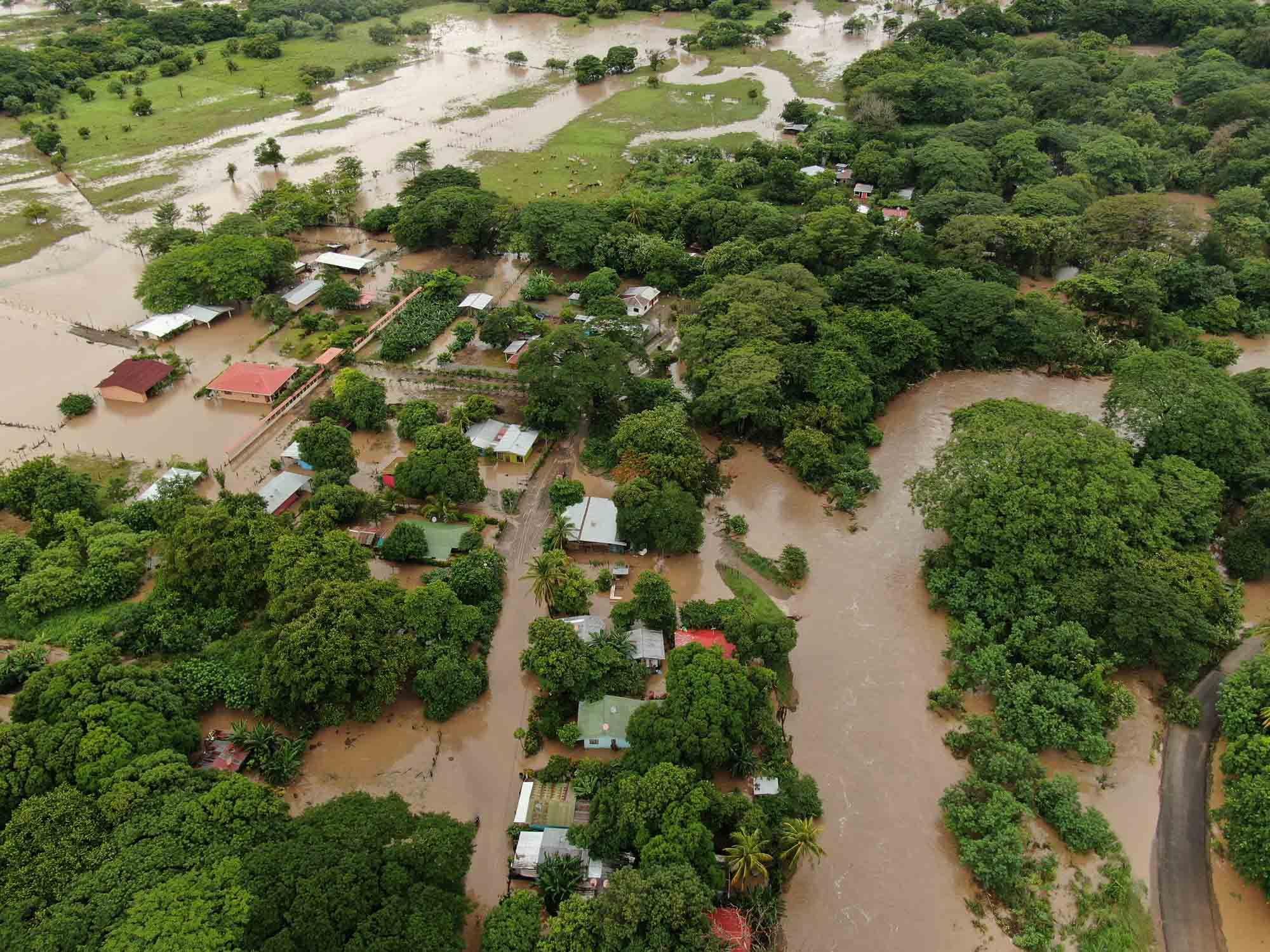
he three rivers in the coastal community of Cuajiniquil overflowed and flooded the community’s neighborhoods. The municipal emergency committee set up a shelter for 320 people there. Photo: Steven Lara
He also added that floods like this do affect the community economically since it is characterized by fishing and tourist activities on the coast. “But there are no lives to mourn, which is the most important thing,” he said.
The President of the Republic specified that the Ministry of Housing and the Joint Institute of Social Assistance will visit the communities affected by the storm nationwide.
[They will take] inventory of the houses that need repair and within those houses which ones are deserving, due to their social condition, of financial aid to build their houses,” Chaves said.
In total, 3,533 people were in 54 shelters in the country.
Routes, Bridges and Landslides
The mayor of La Cruz, Alonso Alan, told The Voice that the damages were “of every sort, especially public infrastructure, both on roads as well as bridges and aqueducts.”
The municipal emergency committee opened three shelters: the one in Cuajiniquil (for 380 people), one in the Irving neighborhood (for 46 people) and the most recent one in Santa Cecilia (for 7 people).
The canton also suffered damage to its roads and sewers. Many communities, such as San Vicente of Santa Cecilia and Cuajiniquil, were left without electricity and water for more than 12 hours. Others, such as Tempate, San Fernando, Aguas Calientes and Bello Horizonte, remain cut off.
According to the mayor, the electrical service is fully restored. As for the water, they still need to repair the damage to the Cuajiniquil ASADA.
Tomorrow (Sunday 3), we’re going to support them a little more to restore service because it seems that the damage is serious,” said the leader.
In Santa Cecilia of La Cruz, the district that borders Nicaragua, gusts of wind knocked down trees and branches that blocked some roads. “It rained all night long and the river was full,” said a resident of San Vicente of Santa Cecilia named Ivette Guzman.
According to the president of the local emergency committee, Steven Rodriguez, the community is very used to the rains, but not to the winds. “Although Santa Cecilia has communities that are affected by the swelling of the rivers, what hurts us the most is the wind because the trees aren’t used to it,” she said.
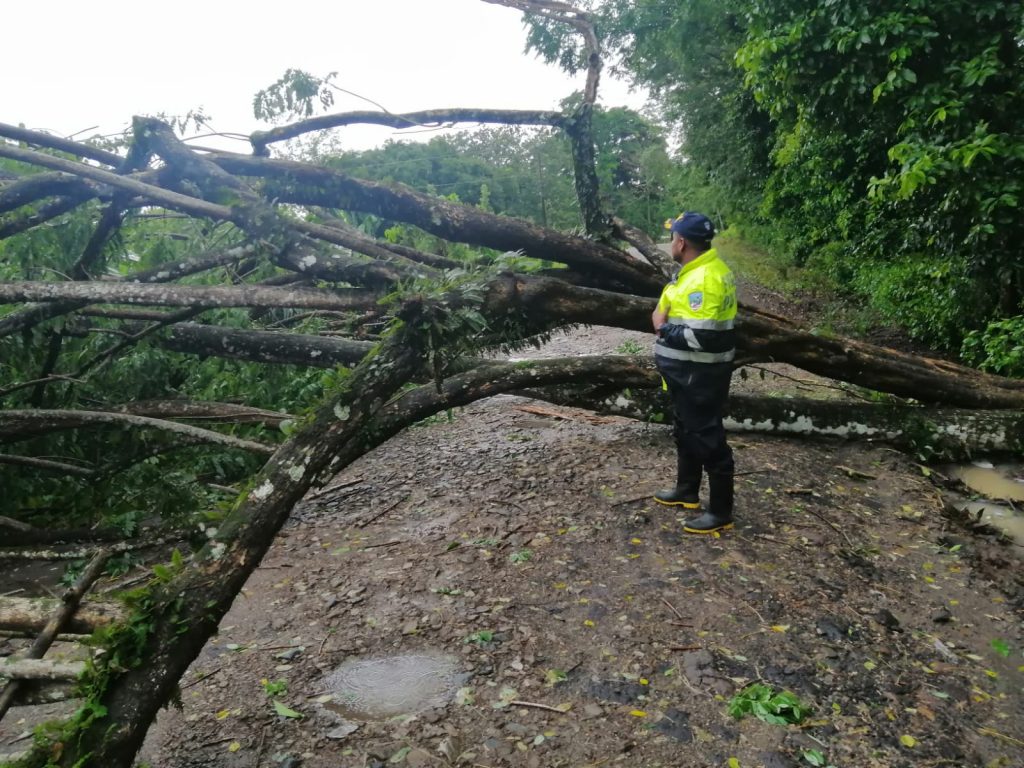
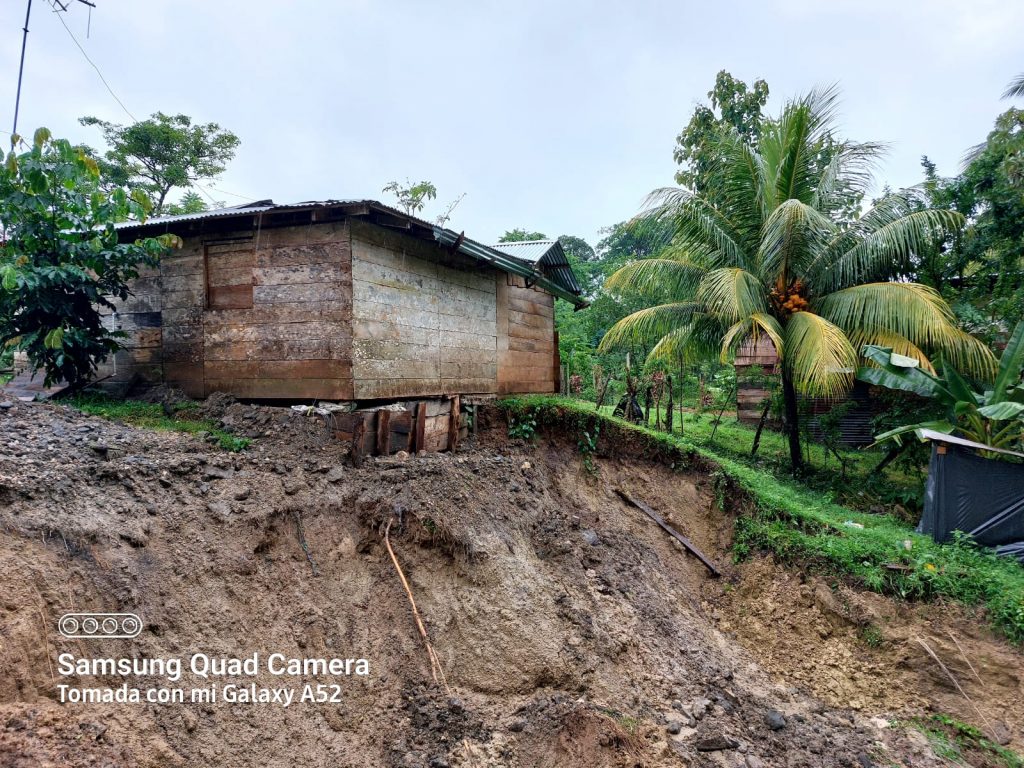
On Saturday afternoon, they detected destroyed sewer lines in the community of Armenia, cracks in the road in Caoba and bridges in Santa Elena at risk of falling.
While the storm was passing through, the district didn’t have to set up a shelter, but this afternoon, they opened one for two families affected by landslides.
We’re still taking account of roads that are affected. And the survey of [damages to] agriculture, we’ll see in time,” said Rodriguez.
The committee worked with the resources of its members and with support from the police to mobilize to assess the damage and transport the two families at risk due to landslides.
“We’ve managed to get by with vehicles from the Public Force and our own, which we’re putting gasoline in,” said the president of the local committee.
Mayor Alonso Alan said that throughout the day, they were working to clear roads. “We managed to set up provisional crossings, but we still have some communities that are cut off,” he said.


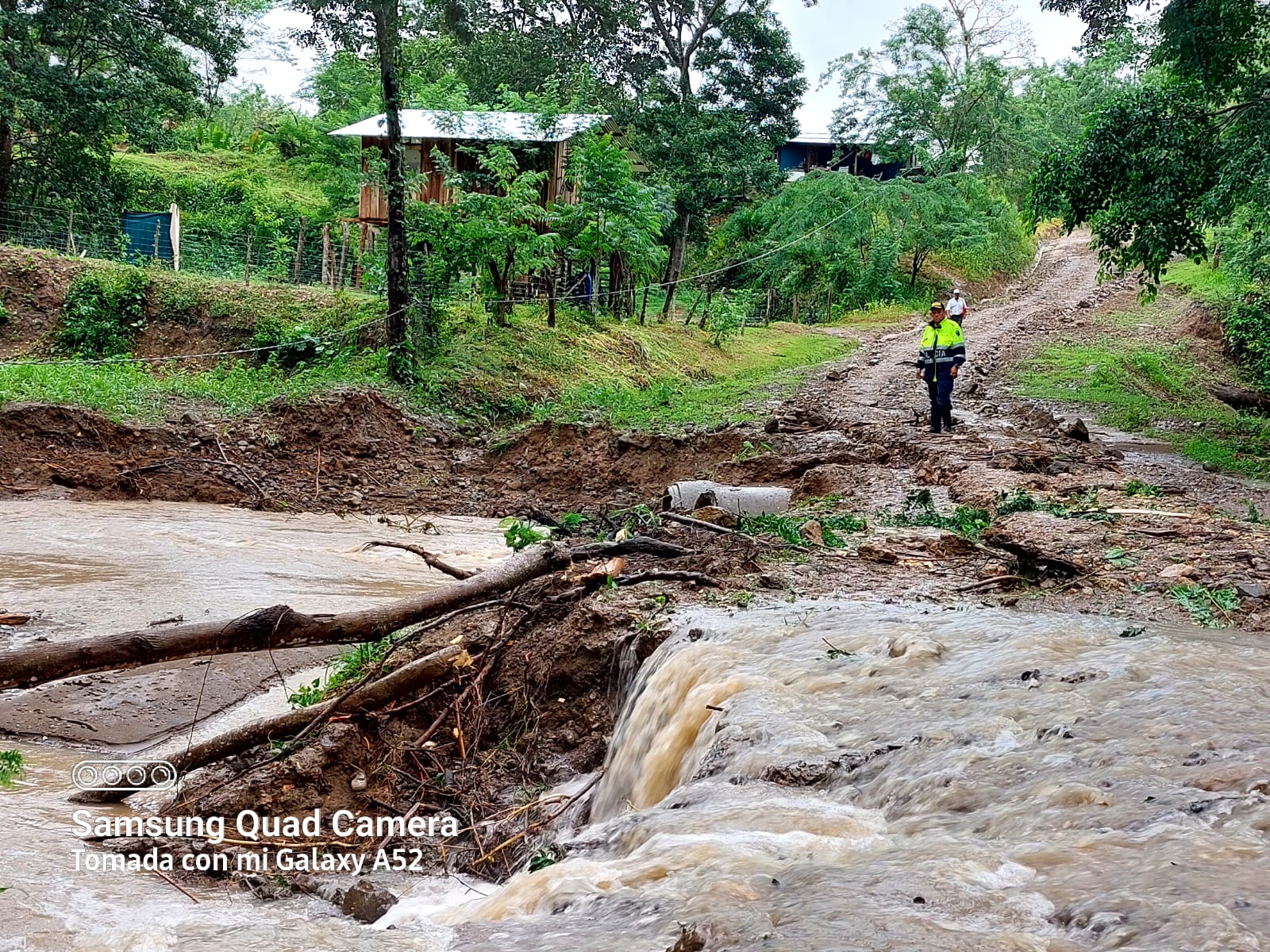
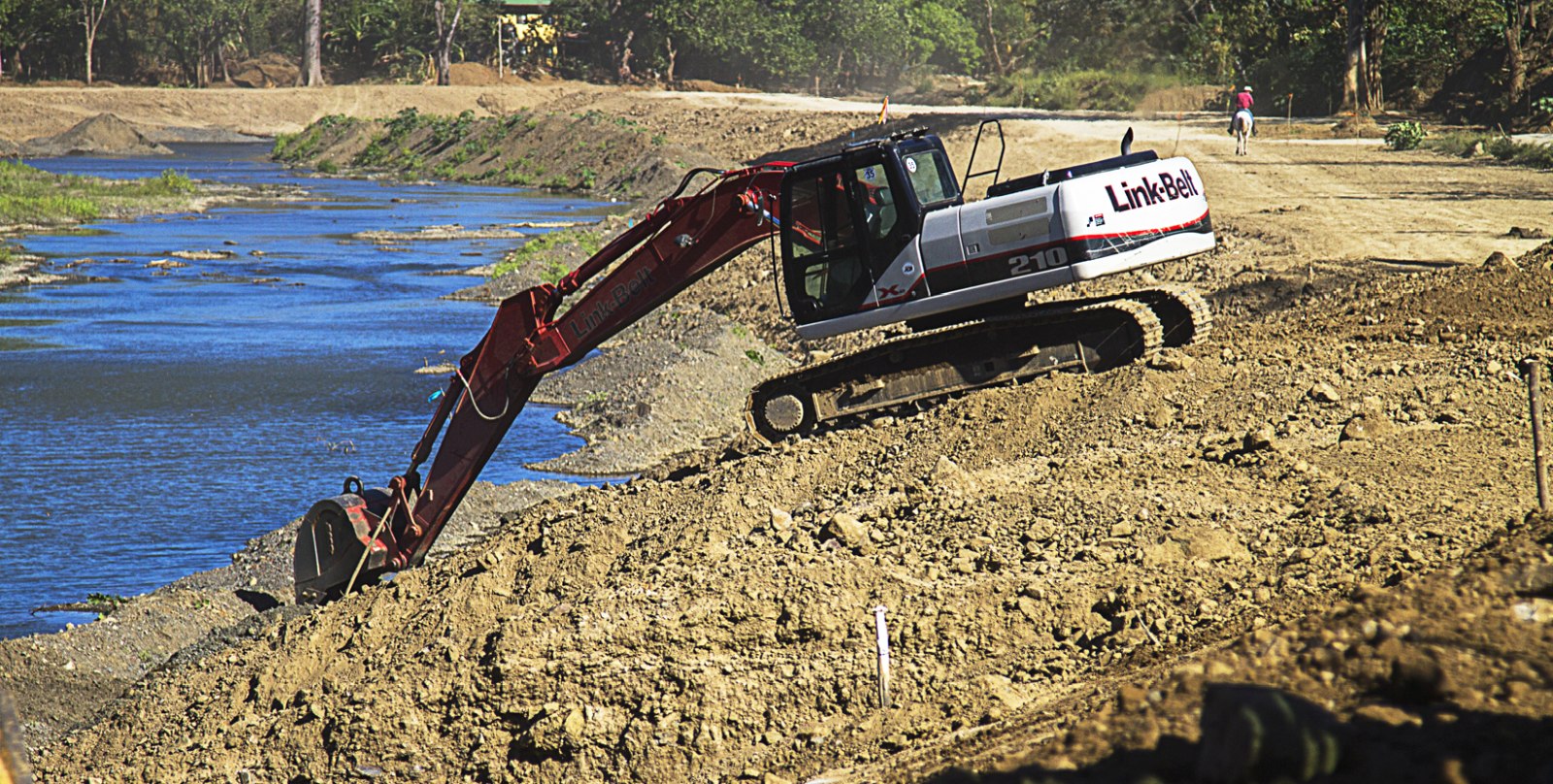
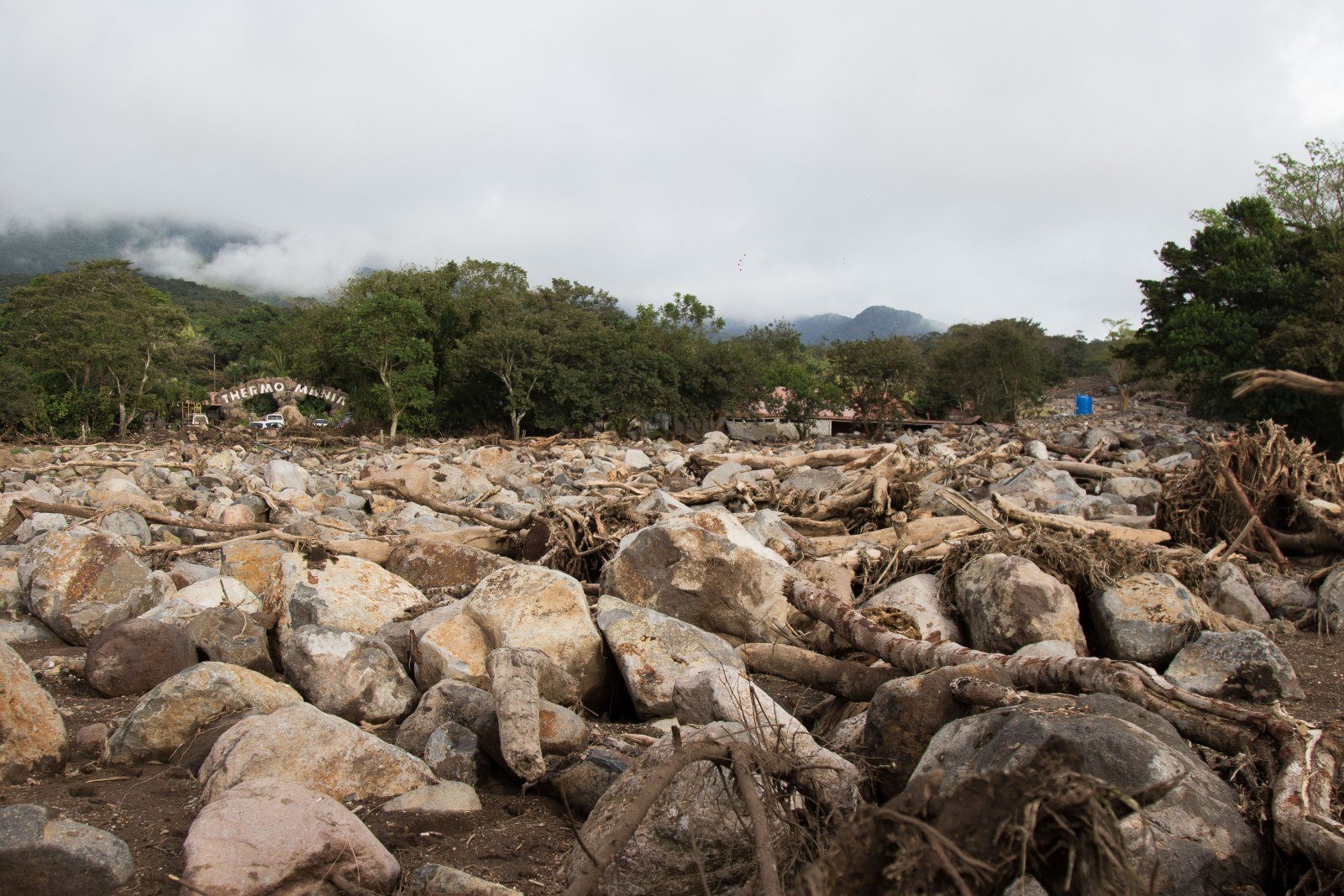
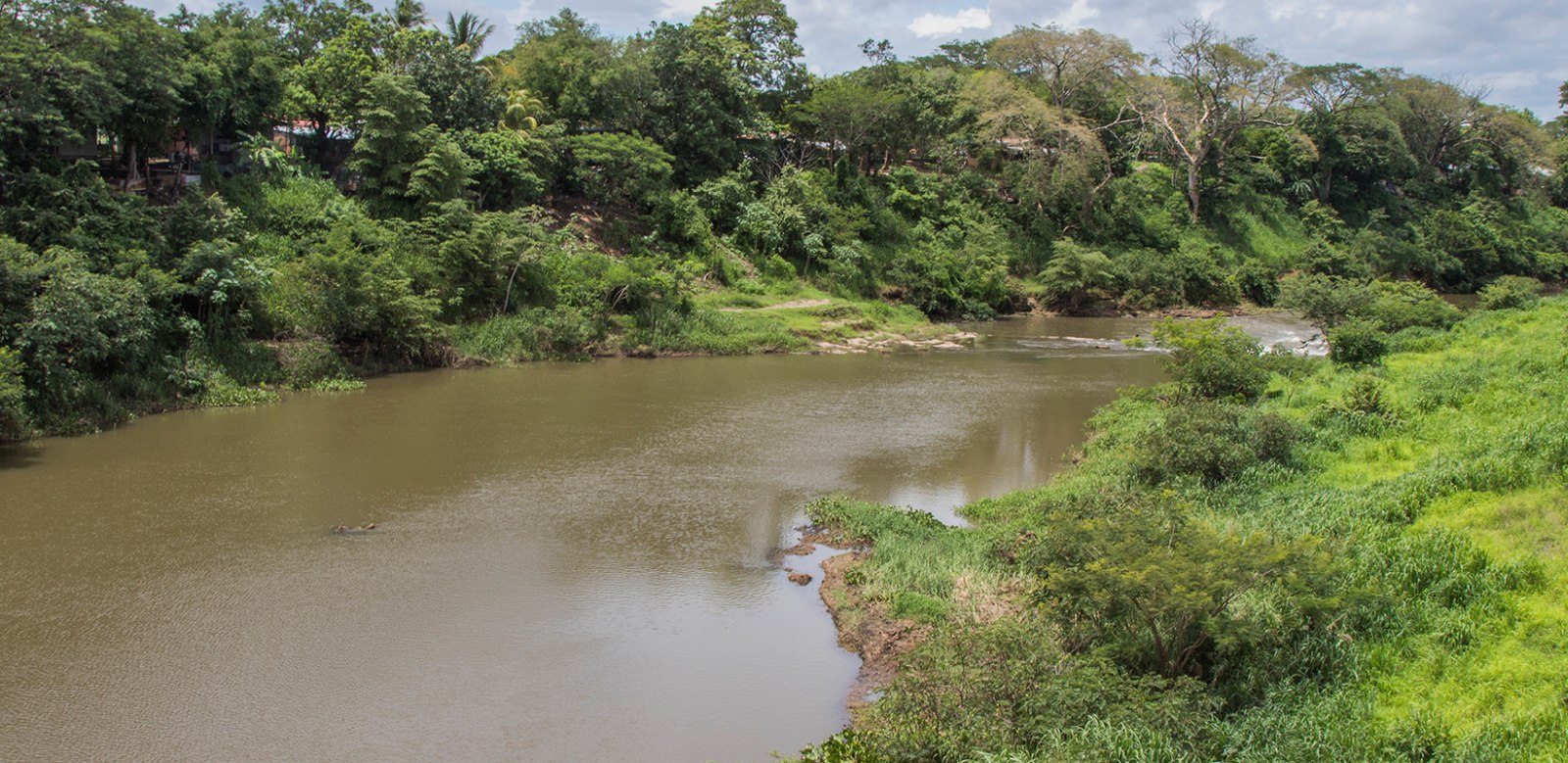

Comments